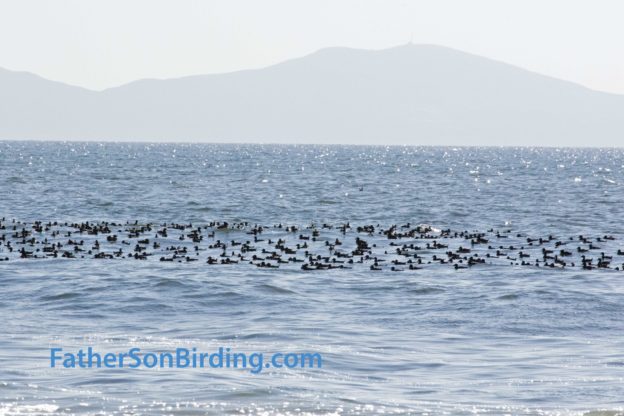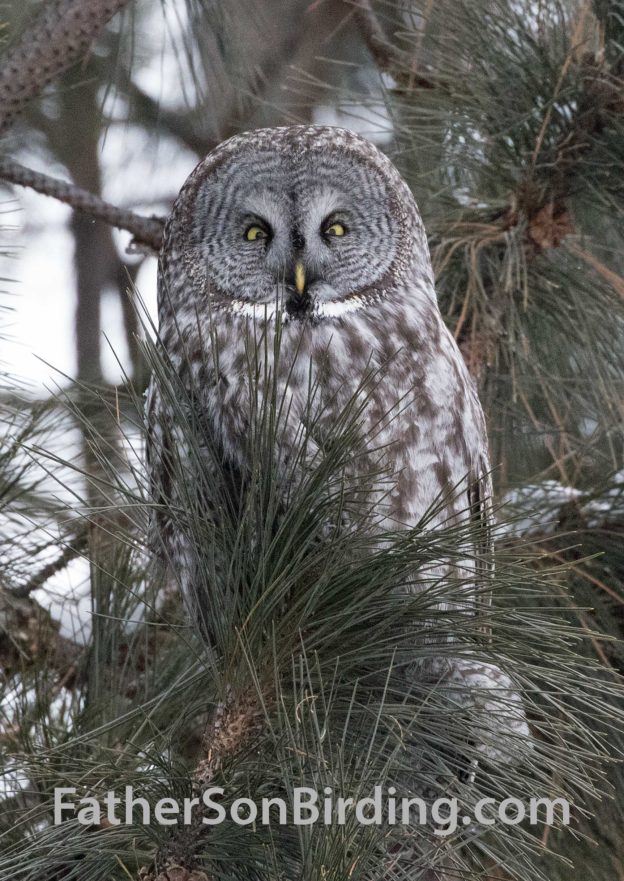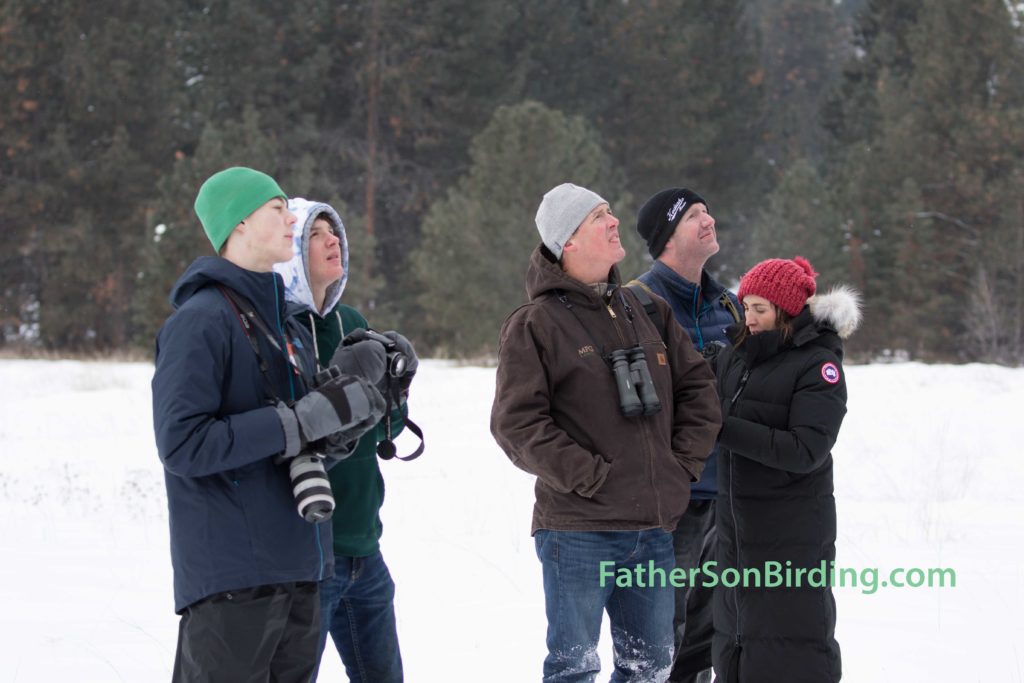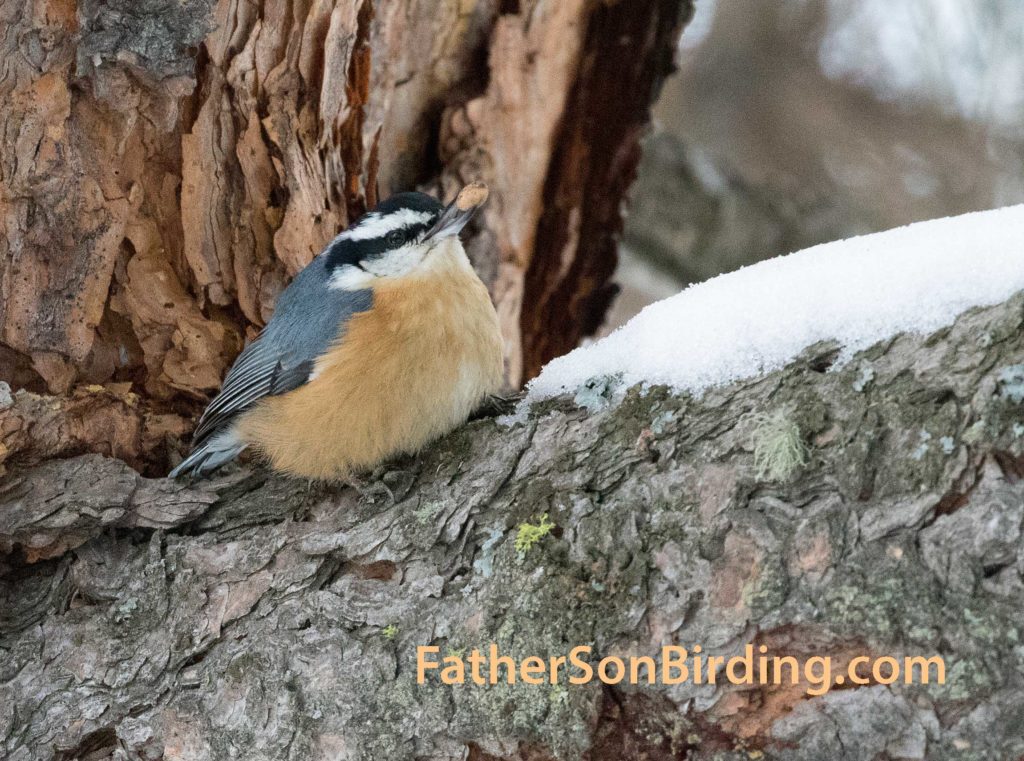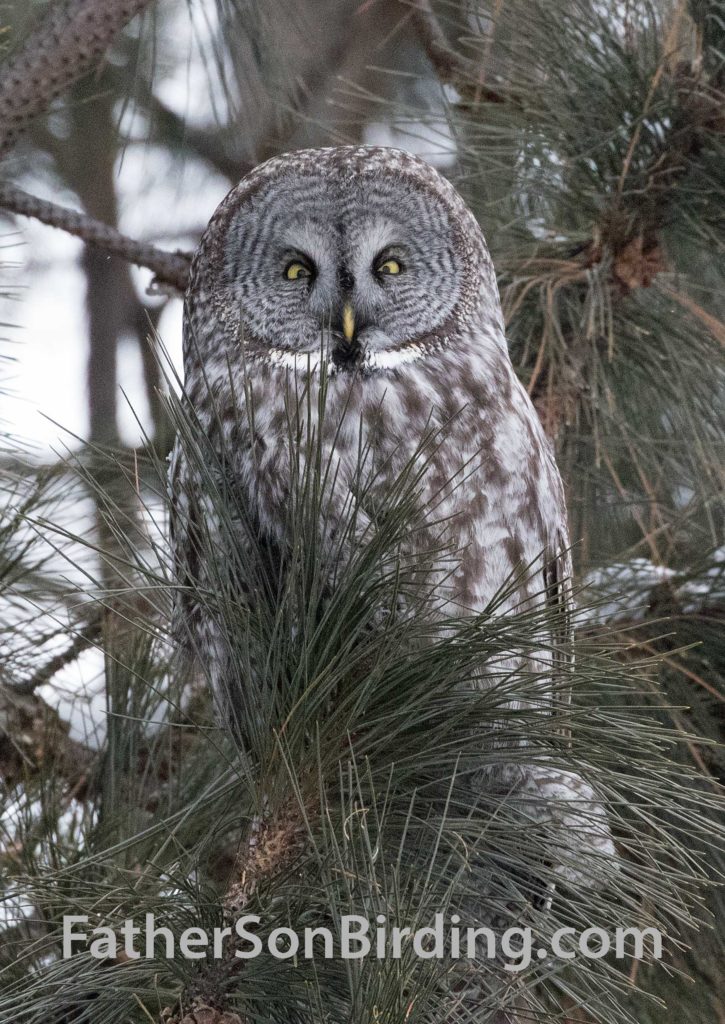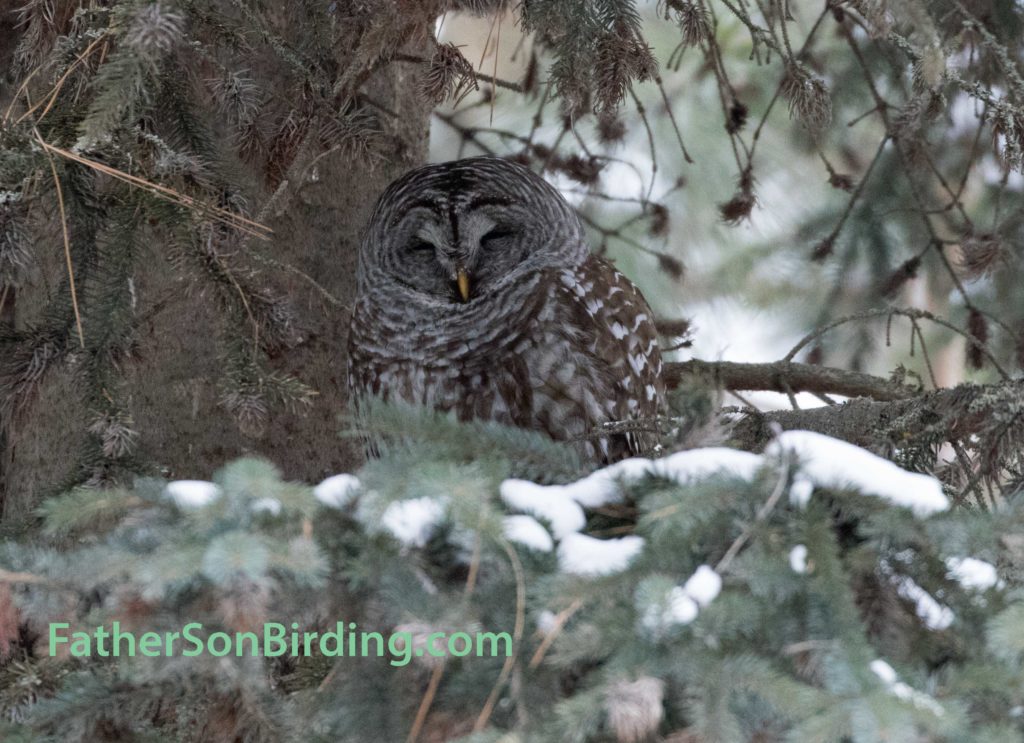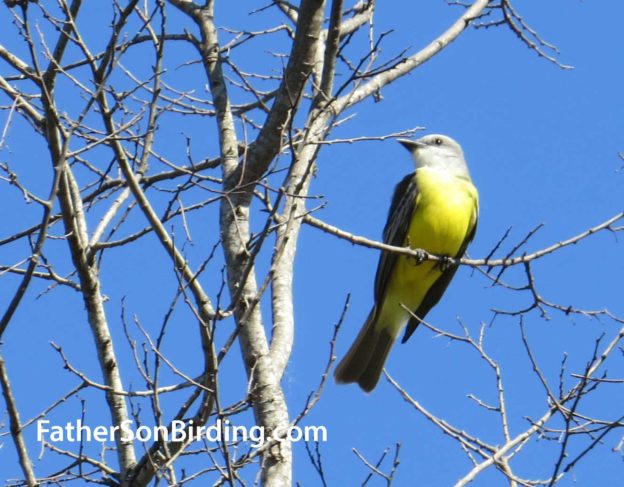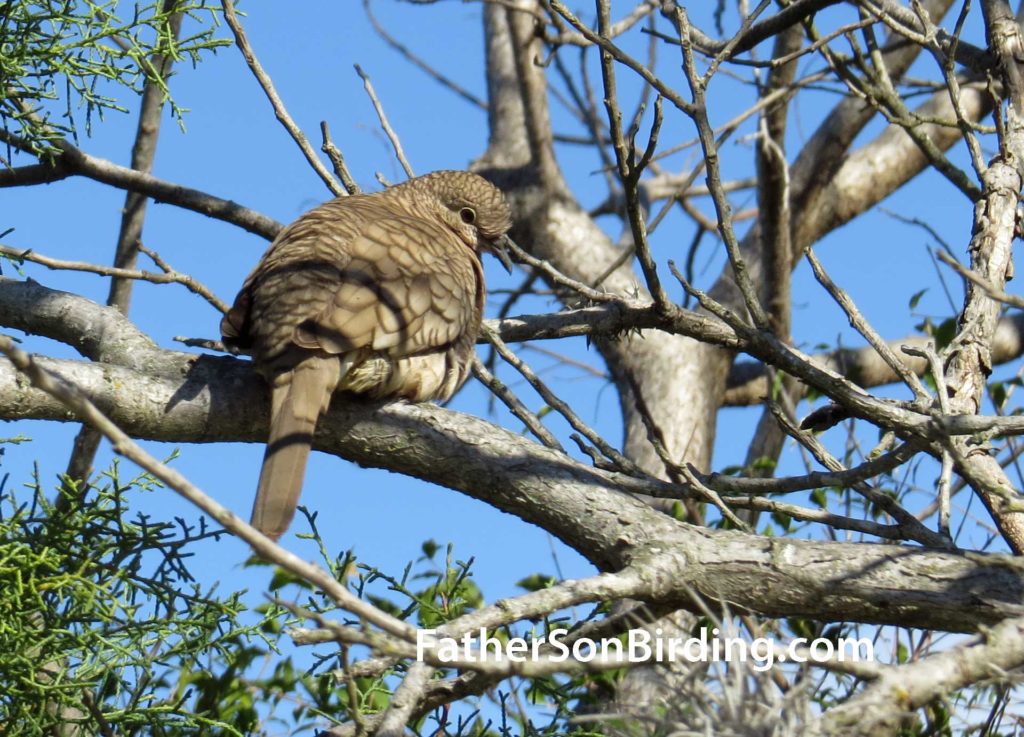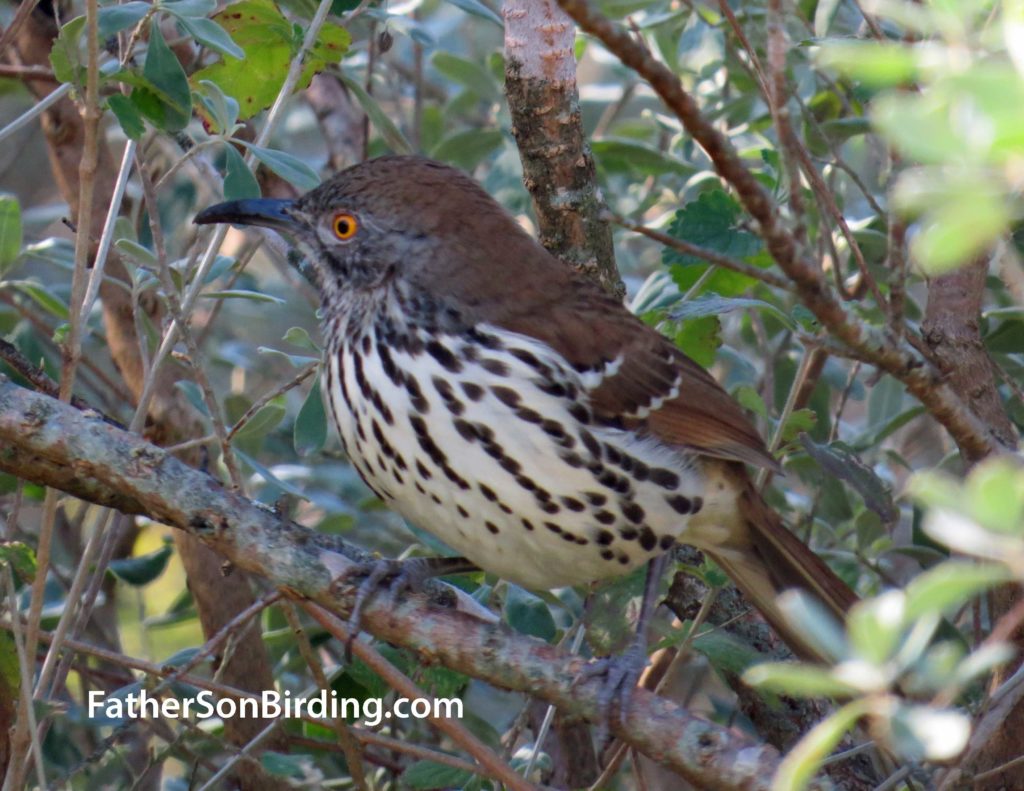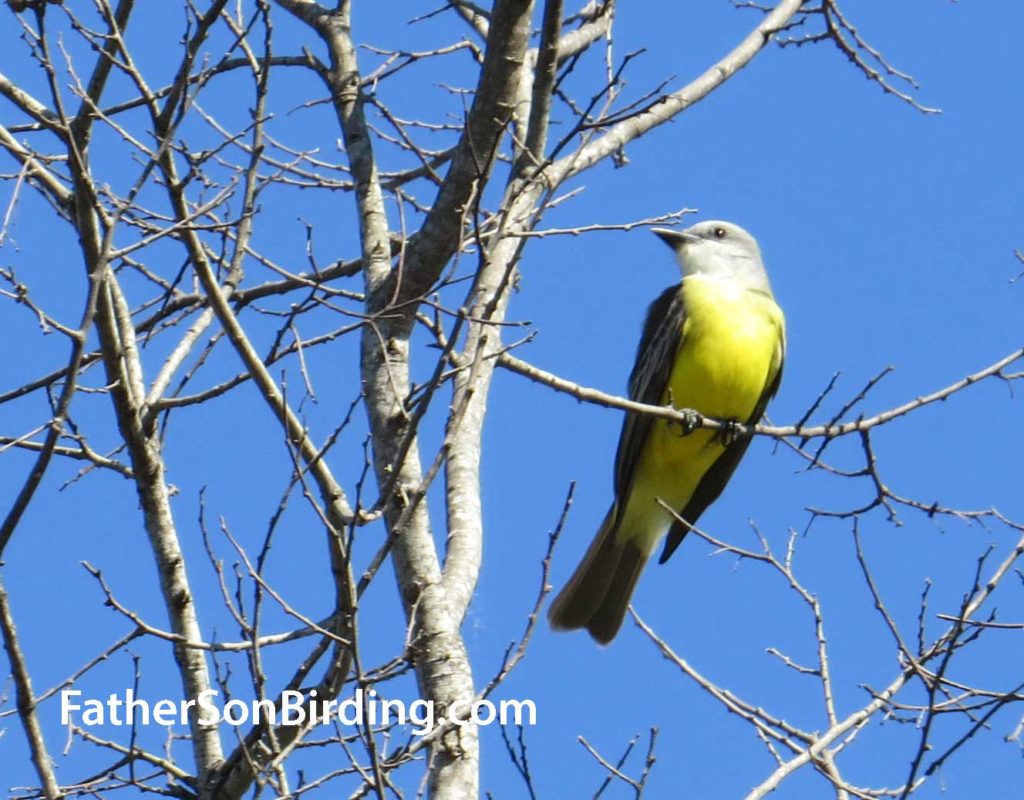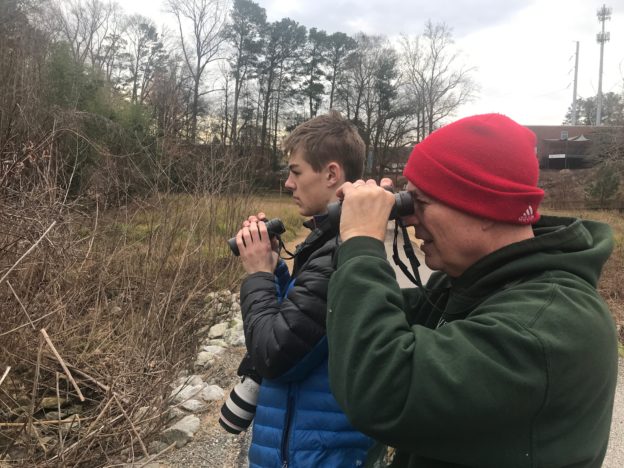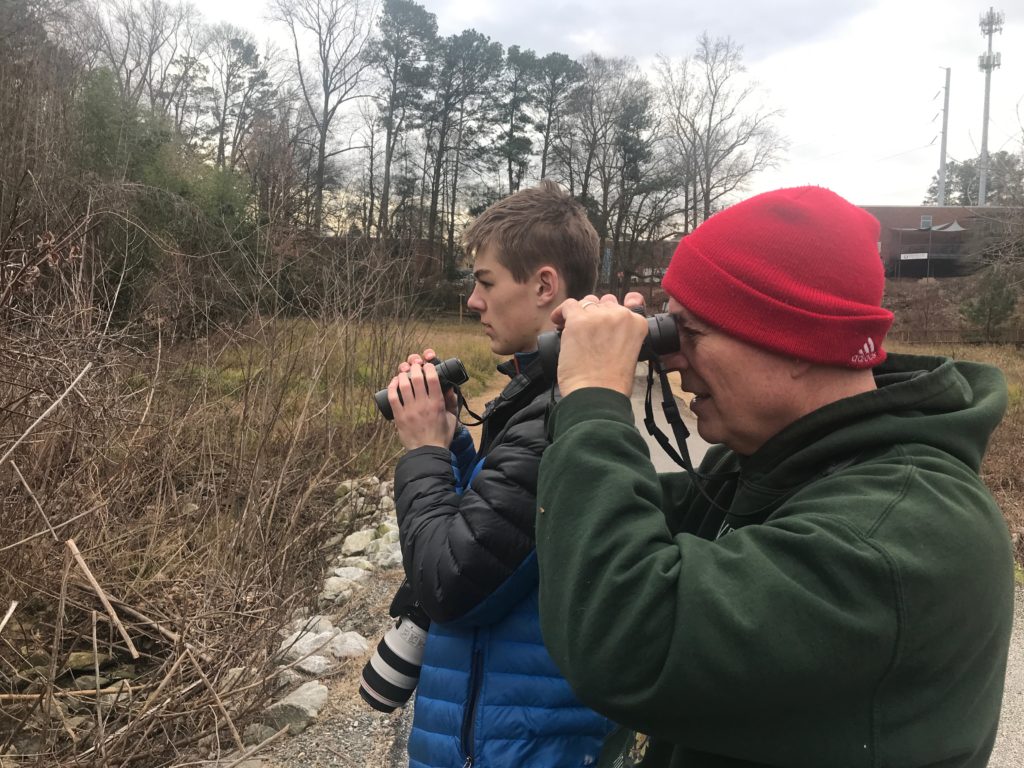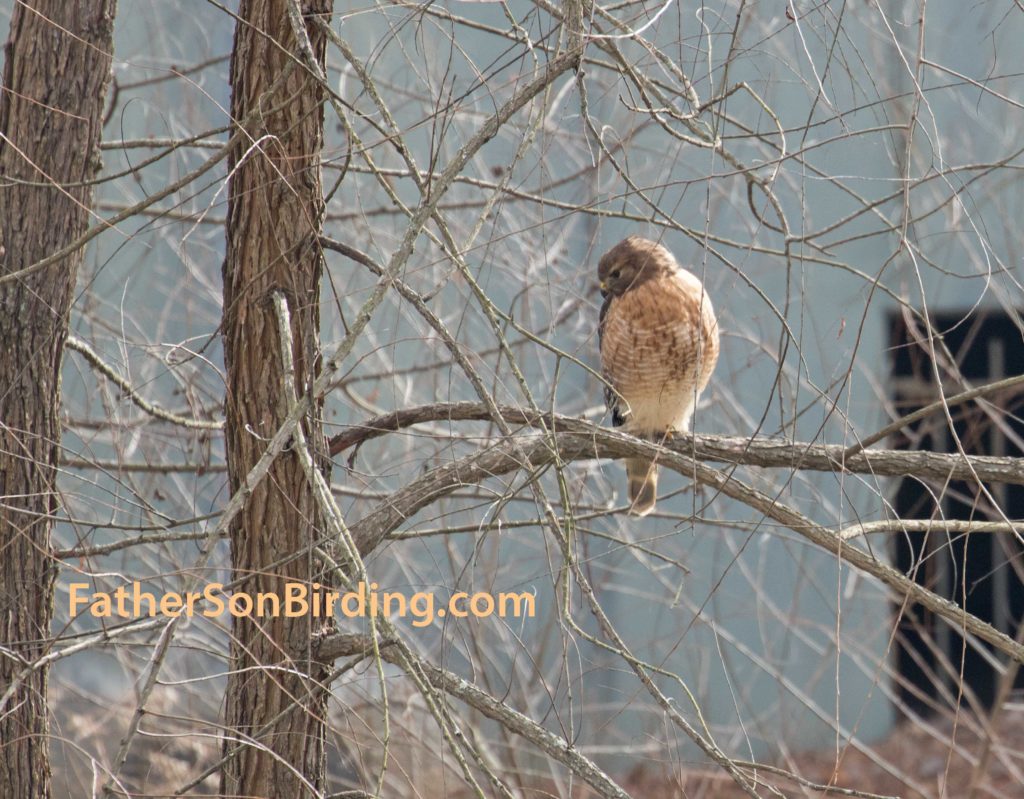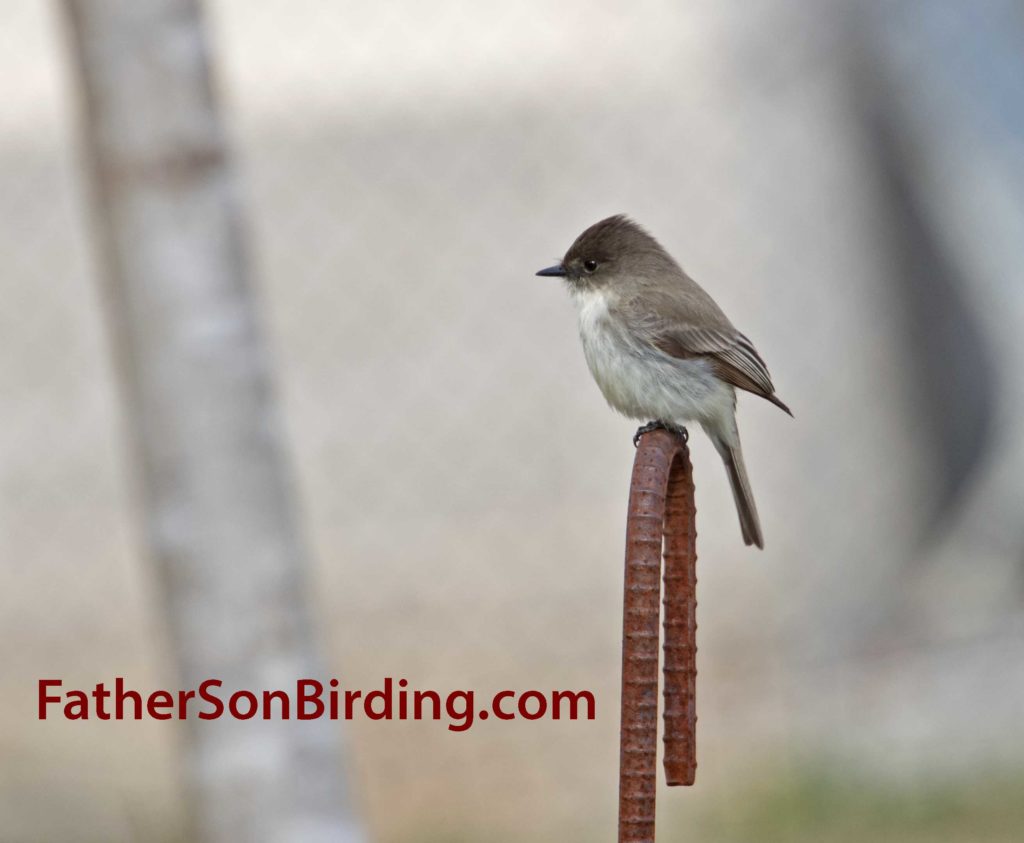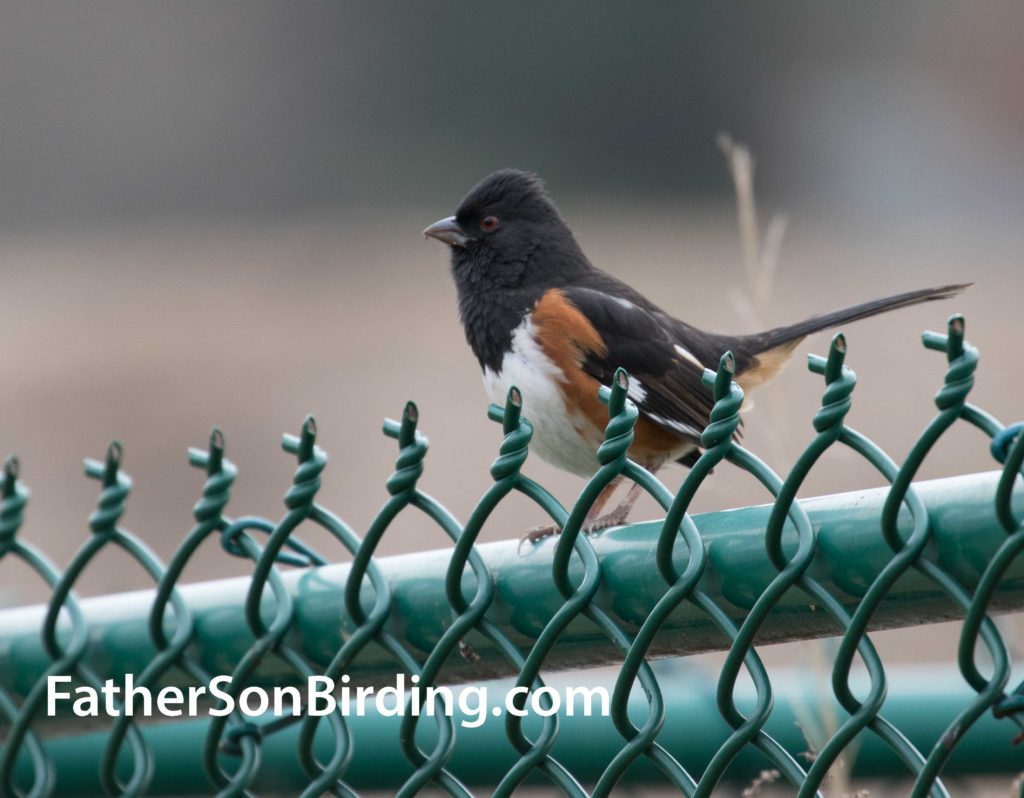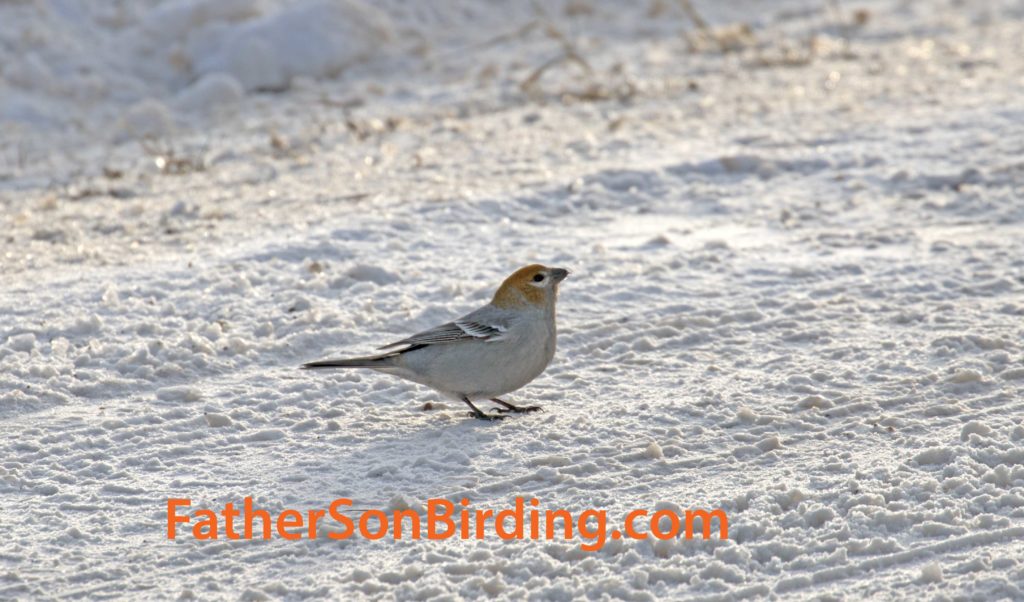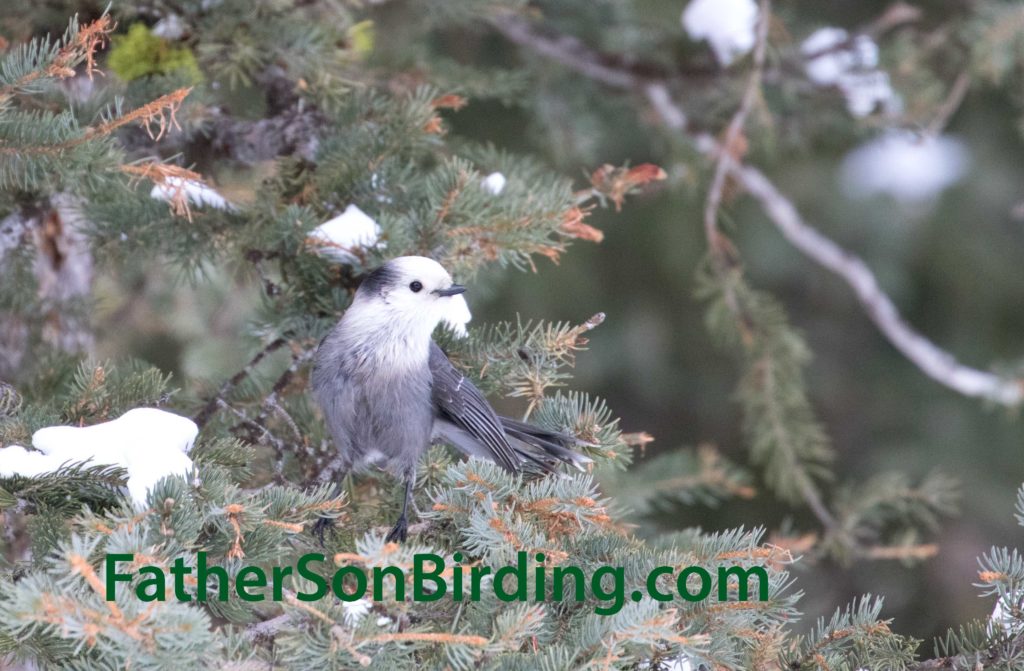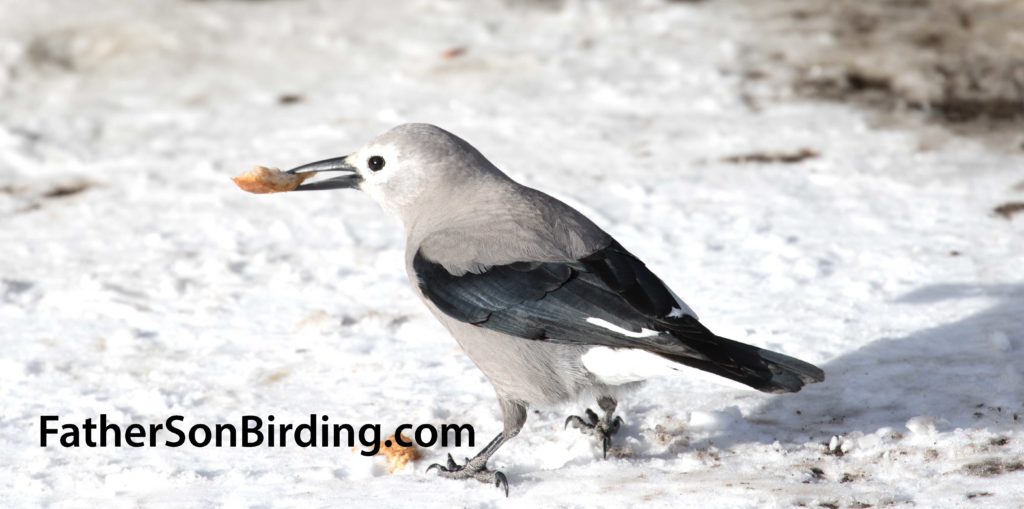Due to the continuing onslaught of Russian hackers (aka jerks), we’re experimenting with how best to handle new subscriptions. If you’d like to make sure you get subscribed please shoot us an email at collard@bigsky.net with your name and email address and we’ll put you on. You can also use the subscription box down in the right-hand column. Thank you for following us—and for your patience with this crazy world!
Listen to our interview with Sarah Aronson on Montana NPR’s “The Write Question” which aired Thursday, March 7!
Last week, Braden and I had the opportunity to attend the San Diego Bird Festival and do some of the most intense—and fun—birding of our lives. The festival will undoubtedly fill several posts, but before it began, we wanted to do something we’d been thinking about for at least a year—bird the California/Mexico border.

Because of a missed connection, we didn’t reach San Diego until 1 p.m., but we picked up our rental car and made a beeline down I-5 toward Tijuana. Our destination was the actual spot where the border meets the Pacific Ocean, and we weren’t sure how close we could drive. We ended up in a parking lot about a mile east and north of our destination and began trekking along a dirt road heading toward the ocean. It was a surreal experience as helicopters circled overhead—Navy fliers, evidently, training for duty—and the city of Tijuana pulsed just beyond the formidable border wall a mile to the south. Around us, though, stretched intertidal wetlands and fields, where we picked up Savannah Sparrows and meadowlarks and collected a number of duck species and a lone Eared Grebe.
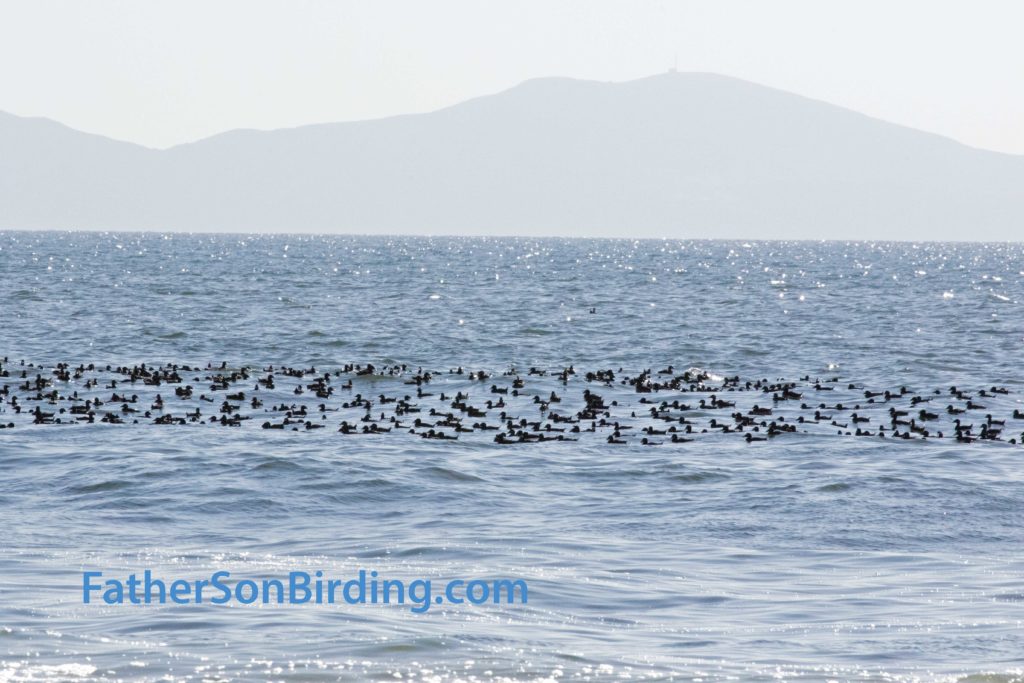
After hitting the beach, we headed south, the border fence looming in the distance. Almost immediately, we got a great surprise—a group of 500 or so Surf Scoters floating just offshore. For we Montana boys, this was a true delight—made even more so when Braden discovered a Black Scoter in one of his photos! We were hoping to go all the way to the fence and talk to some folks on the Mexico side, but a stoic Border Patrol agent shooed us back.
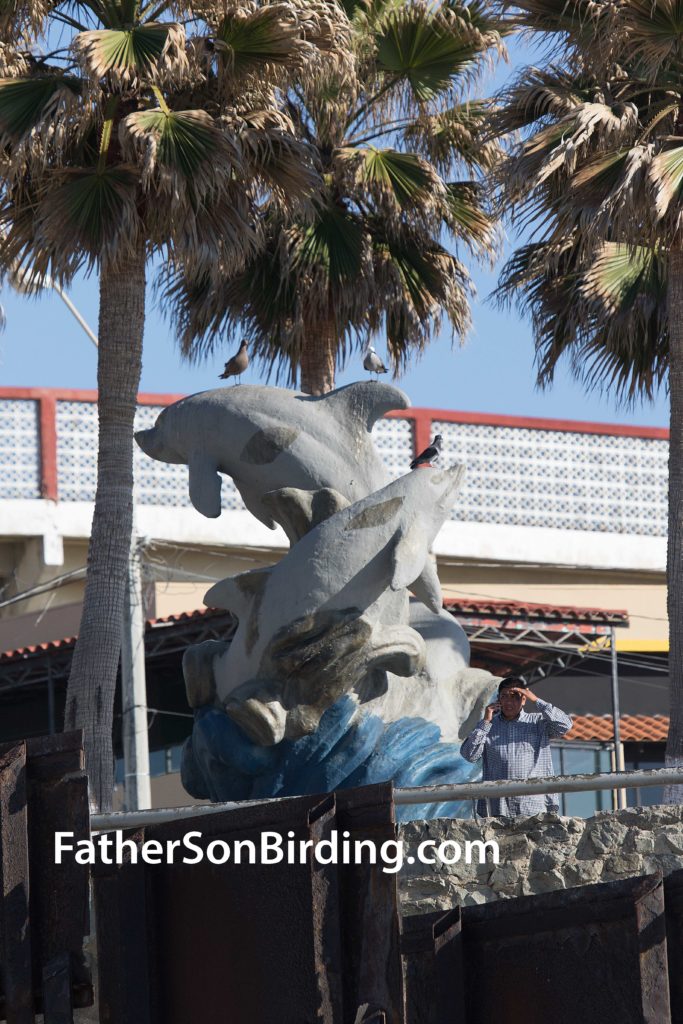
Undaunted, Braden said, “Let’s start a Mexico list,” so we spent half an hour watching birds perching on the border fence and flying between nations—without passports! President Trump would have been furious. In all, we tallied seven Mexico species: Rock Pigeon, Willet, Heermann’s Gull, Western Gull, Ring-billed Gull, European Starling, and a lone Willet sitting on the fence. Oh yeah, and a group of twenty Surf Scoters who had drifted across the border without a care in the world!
Next Up: San Diego Big Day #1!


